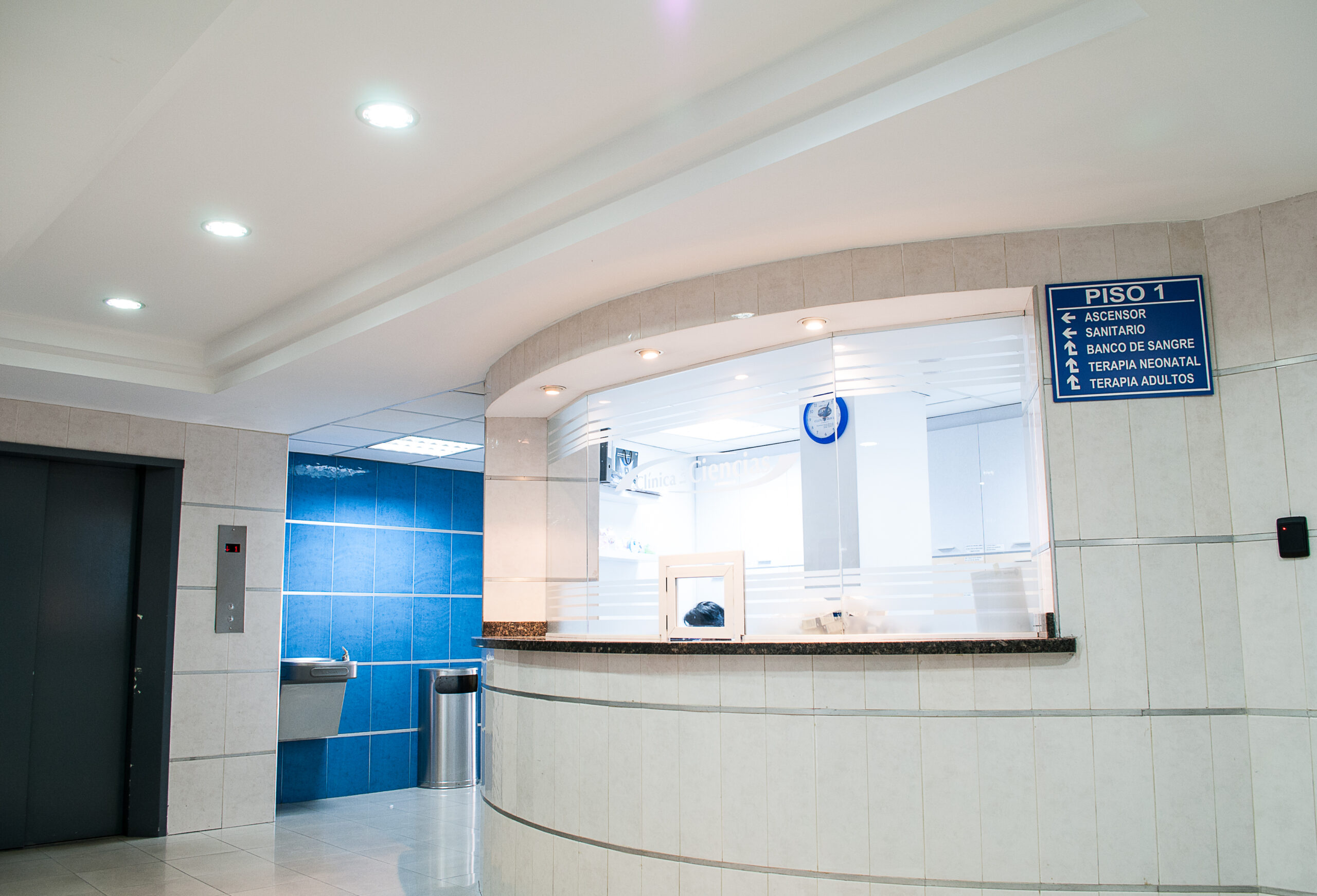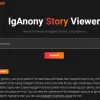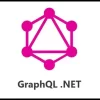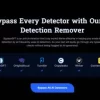An urgent need for visitor management systems in hospitals exists, as they provide several benefits beyond simply automating the front desk. To greet staff, doctors, and visitors and admit patients to facilities, clinics, hospitals, and healthcare centers should have good hospitality technology and practices. The front desk is often the first and last point of contact between patients and hospital staff.
SingHealth, the largest hospital group in Singapore, has partnered with Integrated Health Information Systems (IHiS) to introduce biometric entry systems. This technology enables hospital visitors to register in advance using Singpass, a national digital ID.
The biometric system includes mask detection and anti-spoofing features for both photo and video-based attacks, depending on depth sensing. The company ensures that all visitor data is encrypted to industry standards and can be tracked until the patient gets discharged.
The Relevance of Visitor Management Systems in Healthcare
Visitor management software (VMS) is an integral aspect of the fundamental security for healthcare systems and hospitals. It allows hospital authorities to know when a visitor is present in their spaces and facilities.
Simply put, a VMS is a blend of software and hardware that enables healthcare organizations to automate and digitize their visitor management protocols, providing the necessary oversight and monitoring.
According to Greetly, a customized VMS company, excellent service providers in this segment should aim to remove all trivial and time-consuming tasks that can reduce productivity. The software should be user-friendly and hassle-free.
Providers must offer a tool suite that provides efficient data, physical security, regulatory compliance, and internal compliance maintenance. In addition, the VMS should offer ID cards, legal documentation, keycards, badges, and visitor activity tracking.
Challenges Faced by Hospitals
Healthcare facilities and hospitals record high footfall all day long. While it is useful for patients, it can become challenging for hospitals. The other challenges include the following:
- Several state-of-the-art health clinics and facilities still depend on unreliable manual logbooks that lead to errors.
- Hospitals often have multiple entry points and entrances with no technology to prevent accidents.
- The majority of hospitals still use time-consuming hand-written guest badges, which is unfavorable for security.
- Maintaining social distancing is crucial after the pandemic, and hospitals need to know exactly who is permitted entry. Without appropriate technology, it poses a risk to everyone.
The crucial challenge for hospitals is to comply with multiple regulatory policies and laws mandated by the government and administrative institutions. Any non-compliance can affect finances, labor, and reputation.
How Can VMS Resolve These Challenges?
VMS can help address and solve these challenges in the following effective ways:
1. Easy and Fast Check-In
Visitors can check in quickly using tablets and self-help kiosks at the reception of clinics or hospitals, eliminating the need for pens, paper, and unreadable handwriting. Visitors can enter all the required details, such as their name, the name of the patient they want to visit, contact details, and visiting purpose. The overall process takes only a few seconds, keeping the front desk vacant.
2. Touchless and Pre-Registration Visitor Entry
VMS enables visitor pre-registration. When visitors reach the hospital premises, they can scan a QR code they received as an invitation. This example of automating the hospital reception reduces touchpoints, which are necessary after the pandemic.
3. Guarantees Compliance
Healthcare facilities require visitors to sign NDAs, waivers, health-related questionnaires, and other legal documents for entry. It is difficult to ensure that all documents are signed and read. However, a cutting-edge VMS enables adding legal documents to the sign-in process, allowing visitors to sign them digitally.
4. Instant Host Alert
The moment the visitor mentions the host they wish to meet, then the host, who is a staff member or an employee, gets an instant alert. Ideally, they will get an SMS notification or an e-mail updating them about the visitor’s arrival. It helps to save ample effort and time and can expedite the meeting process.
5. Emergency Response and Evacuation
A cloud-based SAAS, VMS, comprises a database of every patient, visitor, and staff in the hospital. During emergencies, the VMS database helps locate people, making evacuation seamless. Additionally, the VMS can send emergency evacuation alerts to all registered individuals available on the hospital premises.
Conclusion
Executing an innovative VMS in hospitals can enhance security and reduce costs. It can simplify the compliance procedure. When a visitation system gets installed at every entry and exit point, it ensures that visitors don’t extend their stay.
Last but not least, it will provide the exact, real-time count of individuals who are at the hospital. It is necessary for leading hospitals to invest in an advanced VMS at its front desk for better function.










